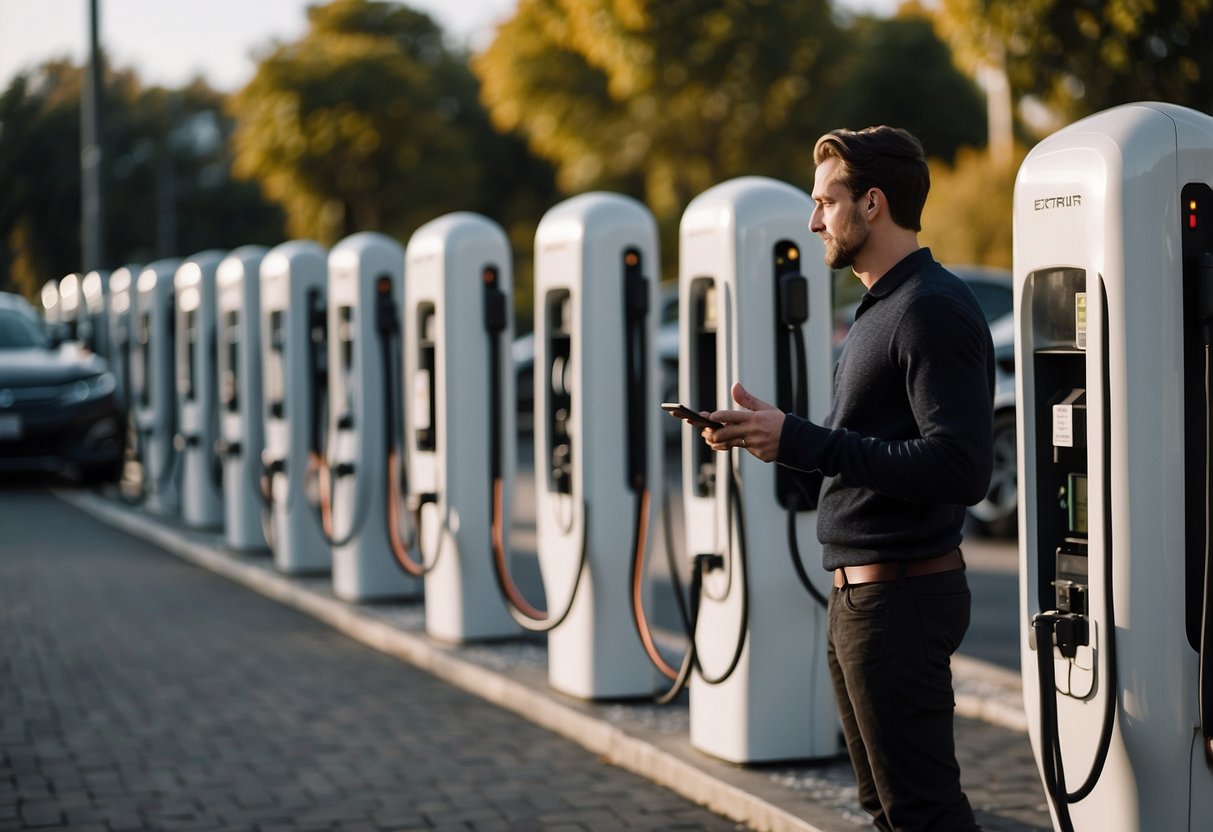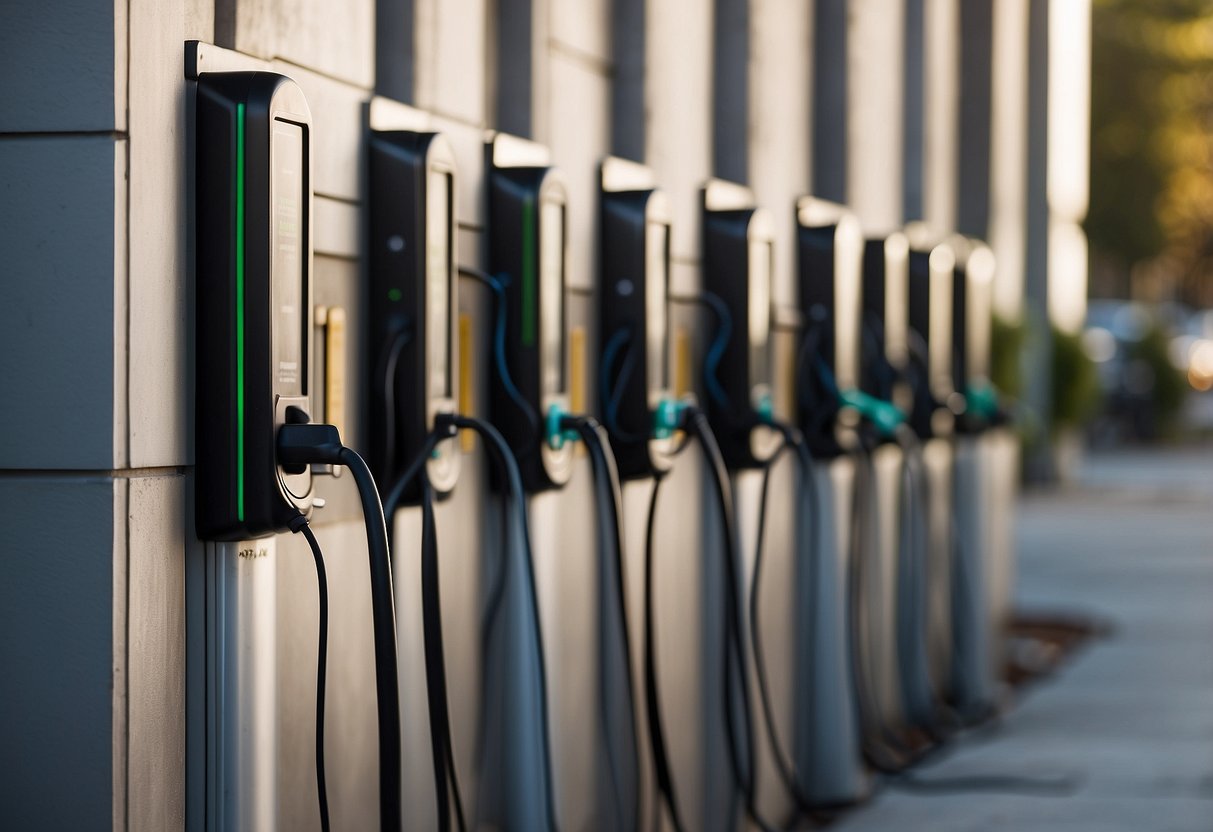
Home vs. Public Charging
Deciding between home charging and public charging depends heavily on your lifestyle and access to resources. Home charging can be more convenient and often cheaper in the long run. Installing a home charger means you can charge overnight, taking advantage of off-peak electricity rates.
Public charging stations, however, offer flexibility for those who cannot install a home charger or travel frequently. Public chargers vary in speed and cost, so it’s beneficial to understand the network’s availability and reliability in your area. Using both home and public chargers might offer the best of both worlds, depending on your charging infrastructure’s convenience and accessibility.
Evaluating Electric Vehicle Supply Equipment (EVSE)

Selecting the right Electric Vehicle Supply Equipment (EVSE) involves considering aspects such as safety certifications and smart features. These factors ensure the charger meets necessary standards and offers functionalities that make charging convenient and efficient.
Safety Certifications
When choosing EVSE, checking safety certifications is essential. Look for devices certified by recognized organizations like Underwriters Laboratories (UL) or Intertek (ETL). These certifications indicate that the equipment has been rigorously tested and meets standard safety requirements.
Inspecting for proper grounding is another critical step. Adequate grounding helps prevent electrical hazards, ensuring that the EVSE operates safely. Additionally, an EVSE with built-in surge protection can protect your electric vehicle and home from power surges.
Safety features like automatic shutoff are also significant. These features stop the charging process if a fault is detected, providing added safety. Consider EVSE that comply with the International Electrotechnical Commission (IEC) standards, which further reassure the durability and reliability of the equipment.
Smart Features
Modern EVSE come with various smart features designed to enhance user experience. Wi-Fi connectivity allows users to monitor and control charging remotely through smartphone apps. This functionality can provide insights into charging patterns and energy consumption.
Some EVSE offer scheduled charging. This feature lets users set specific times for charging, potentially taking advantage of lower electricity rates during off-peak hours. Additionally, integration with home automation systems enables seamless connectivity with other smart devices in the home.
Another feature to consider is energy management. This allows the EVSE to adjust charging rates based on the overall energy usage of the house, preventing circuit overloads. A user-friendly interface with visible indicators can also help provide real-time status updates on the charging process, making it simpler and more convenient for users.
Installation Considerations
Proper installation of an electric vehicle charger is crucial and involves understanding electrical requirements, assessing the site, and deciding between professional and DIY installation. Paying attention to these aspects ensures safety, efficiency, and compliance with regulations.
Electrical Requirements
Before installing an electric vehicle charger, it is essential to verify that the electrical system can handle the load. Chargers typically require a dedicated 240-volt circuit and should be connected with the appropriate wiring.
The capacity of the electrical panel also needs to be checked, as older panels may not be sufficient. Moreover, it is important to adhere to local electrical codes and standards to prevent potential hazards.
Securing any necessary permits is a step that should not be overlooked. Consulting with an electrician can help determine if panel upgrades or additional wiring are needed.



